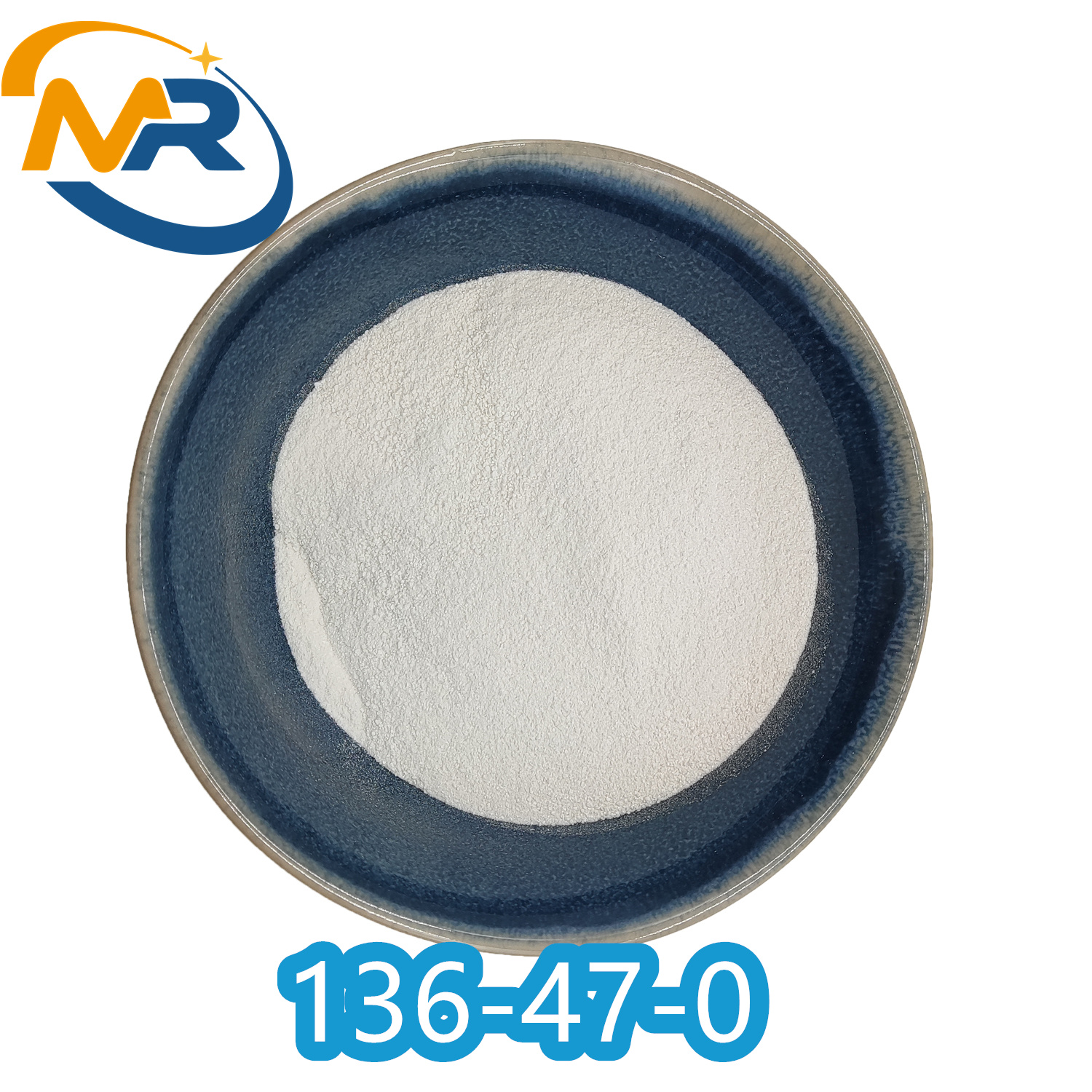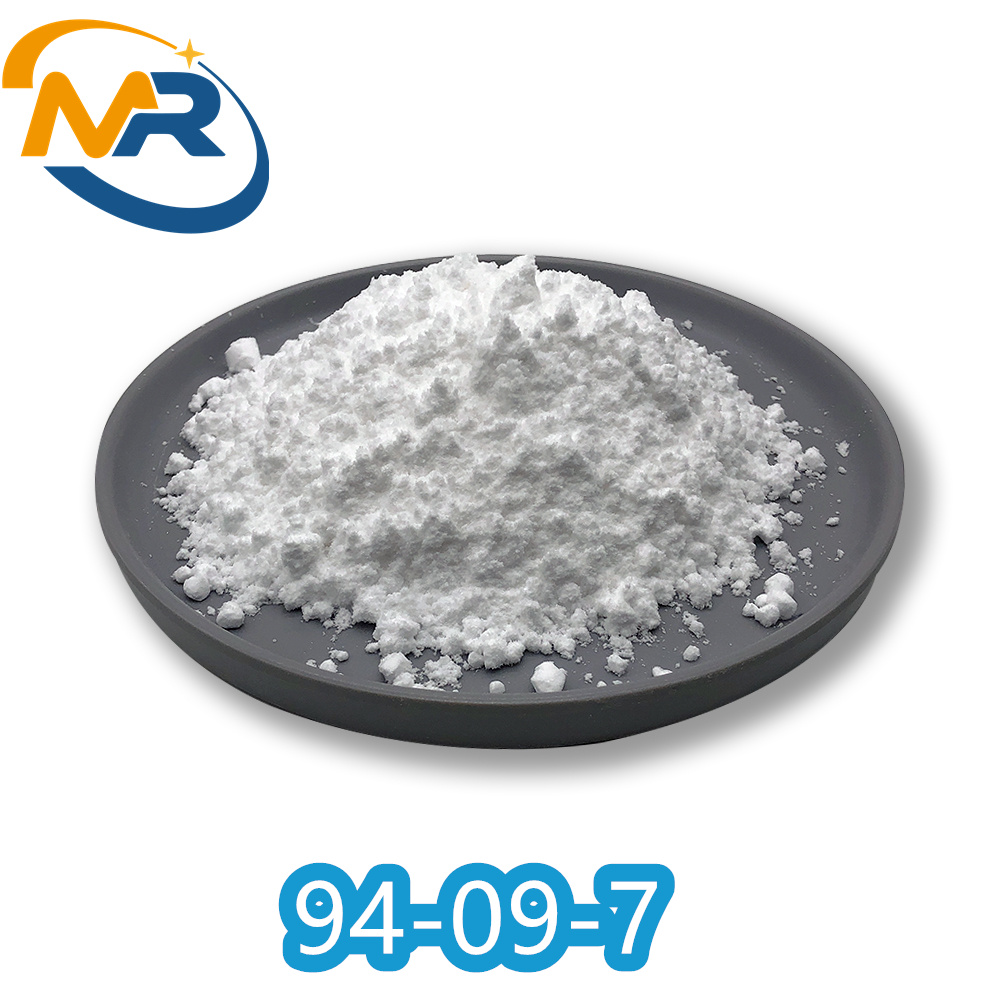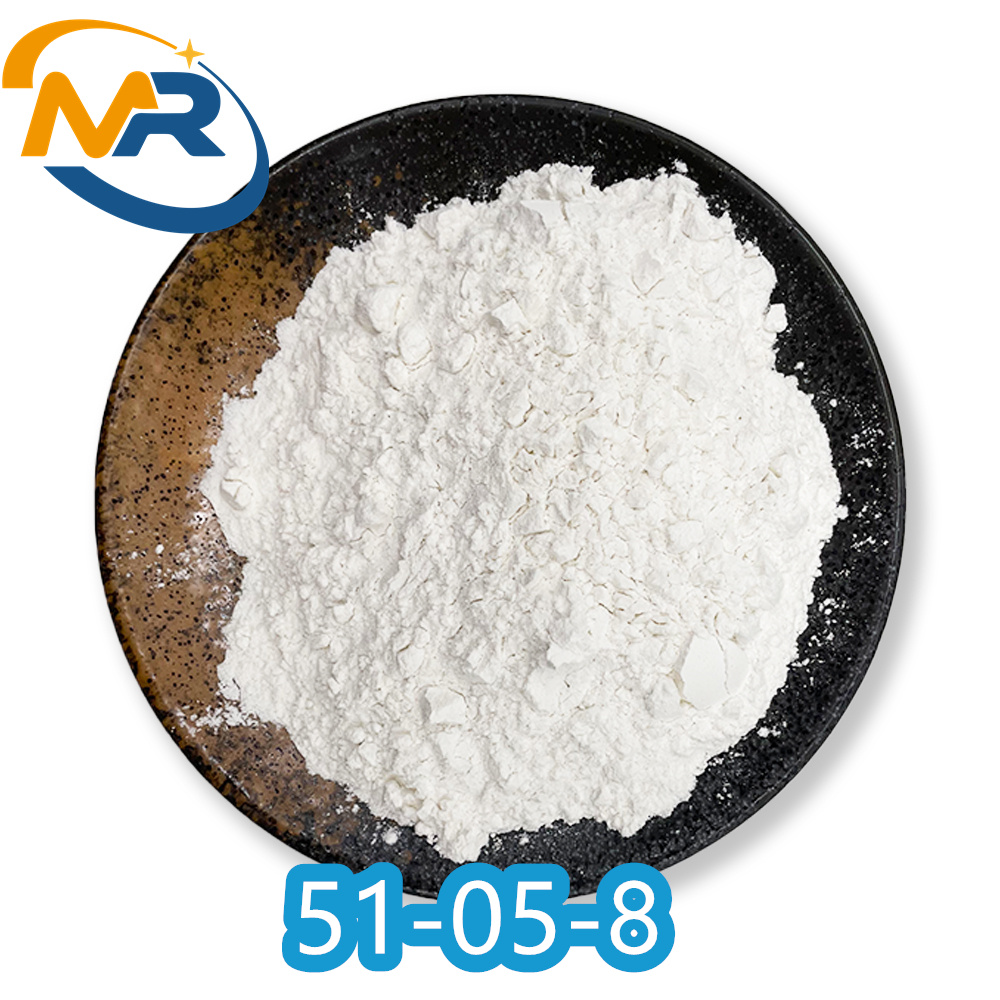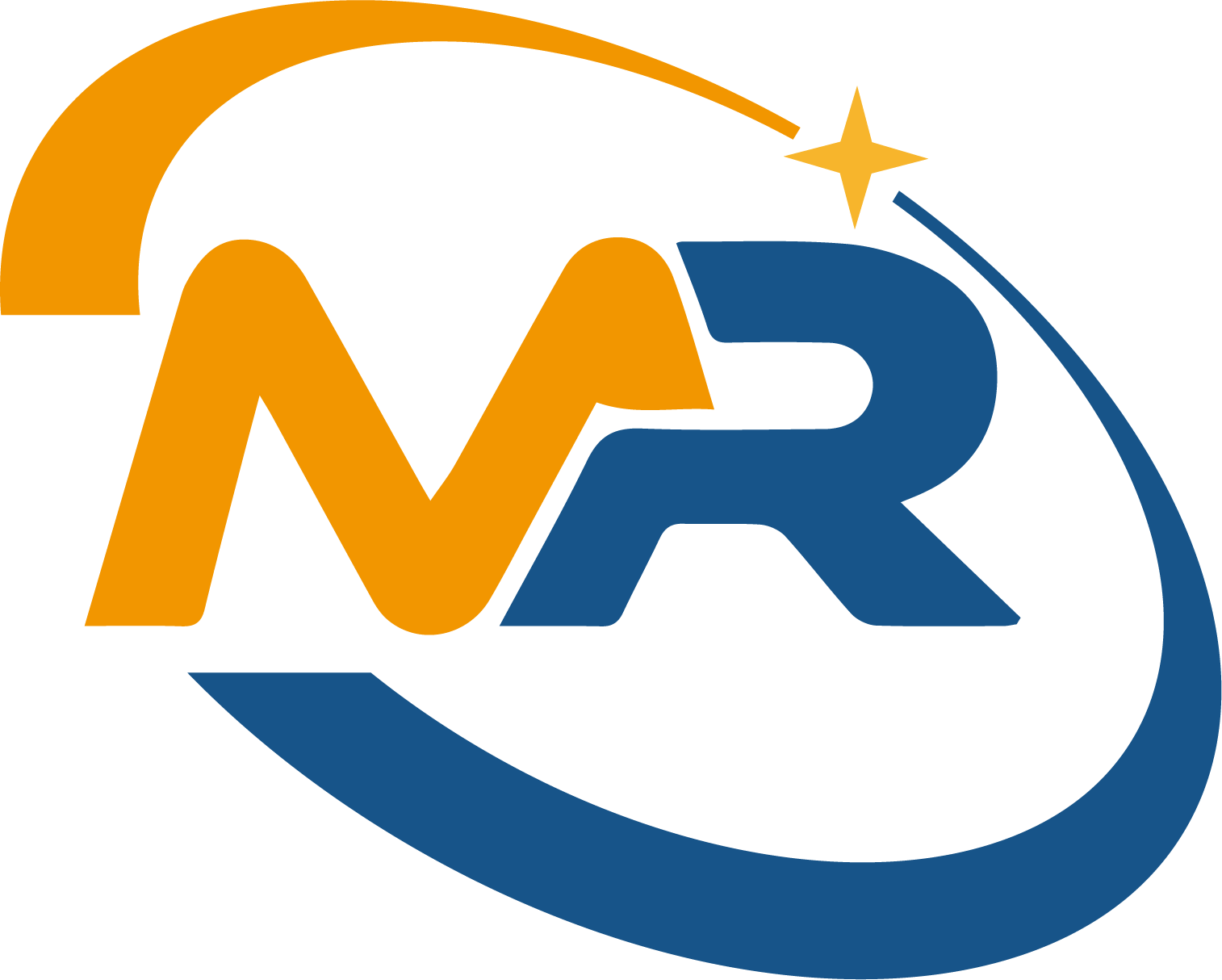-

CAS 94-15-5 Dimethocaine
Dimethocaine is a local anesthetic that, because of its similarity in action to cocaine, has potential for abuse. This compound completely inhibits dopamine uptake in rat striatal synaptosomes with an IC50 value of 1.2 μM comparable to that of cocaine (IC50 = 0.7 μM). As a result, dimethocaine dose-dependently substitutes for cocaine in drug discrimination tests in rats and rhesus monkeys. This product is intended for forensic and research purposes.
-

CAS 136-47-0 Tetracaine hydrochloride
CAS NO.: 136-47-0
EINECS: 205-248-5
MF: C15H25ClN2O2
MW: 300.82
Melting point: 149°C
Assay: 99%
Grade: Pharmaceutical Grade
Storage: Closed, confined and shading preservation -

CAS 94-24-6 Tetracaine
The effect strength of local anesthesia is 10 times that of procaine, and the effect can be maintained for 2 ~ 3h, with strong penetrating force. It is mainly used for topical anesthesia of the eyes, nose, throat and urinary tract. Absorption can cause convulsions and then turn into respiratory depression, generally not used as anesthesia such as infiltration and conduction.
-

CAS 23239-88-5 Benzocaine hydrochloride
Name: Benzoic acid, 4-amino-,ethyl ester, hydrochloride (1:1)
CAS No.: 23239-88-5
Molecular Structure of 23239-88-5 (Benzoic acid, 4-amino-,ethyl ester, hydrochloride (1:1))
Formula: C9H11NO2.HCl
Molecular Weight: 201.65
Assay:99% -

CAS 94-09-7 Benzocaine
1. Lidocaine is a local anesthetic, also known as xylocaine. In recent years, it has replaced procaine and is widely used in cosmetic and plastic surgery for local infiltration anesthesia. It inhibits the sodium ion channel of the nerve cell membrane. to block nerve excitation and conduction.
2. Lidocaine can also be used to treat ventricular premature beats, ventricular tachycardia, ventricular arrhythmias caused by digitalis poisoning, cardiac surgery and cardiac catheterization after acute myocardial infarction, including ventricular premature beats, ventricular tachycardia tachycardia and ventricular fibrillation. -

CAS 51-05-8 Procaine hydrochloride
Procaine hydrochloride has been used as a component of Krebs Henseleit buffer for incubating the left ventricular cardiac tissue in its resting length. It has also been used as an inducer in M9 media for induction assay. It is a sodium channel blocker and DNA methylation inhibitor.
-

CAS 59-46-1 Procaine
Procaine is a local anesthetic drug of the amino ester group. It is used primarily to reduce the pain of intramuscular injection of penicillin, and it is also used in dentistry. Owing to the ubiquity of the trade name Novocain, in some regions procaine is referred to generically as procaine. It acts mainly by being a sodium channel blocker.Today it is used therapeutically in some countries due to its sympatholytic, anti-inflammatory, perfusion enhancing, and mood enhancing effects.
-

CAS 73-78-9 Lidocaine hydrochloride
Product Name: Lidocaine hydrochloride
CAS: 73-78-9
MF: C14H23ClN2O
MW: 270.8
EINECS: 200-803-8
Chemical Properties White to Off-White Solid -

CAS 137-58-6 Lidocaine
Lidocaine is a local anesthetic, also known as Xerocaine. It has replaced procaine in recent years and is widely used in cosmetic plastic surgery for local infiltration anesthesia. It inhibits the sodium ion channels in the nerve cell membrane. Cut off nerve excitation and conduction. Its fat-solubility and protein binding rate are higher than procaine, its ability to penetrate cells is strong, its effect is fast, its effect is long, and its strength is 4 times that of procaine.









